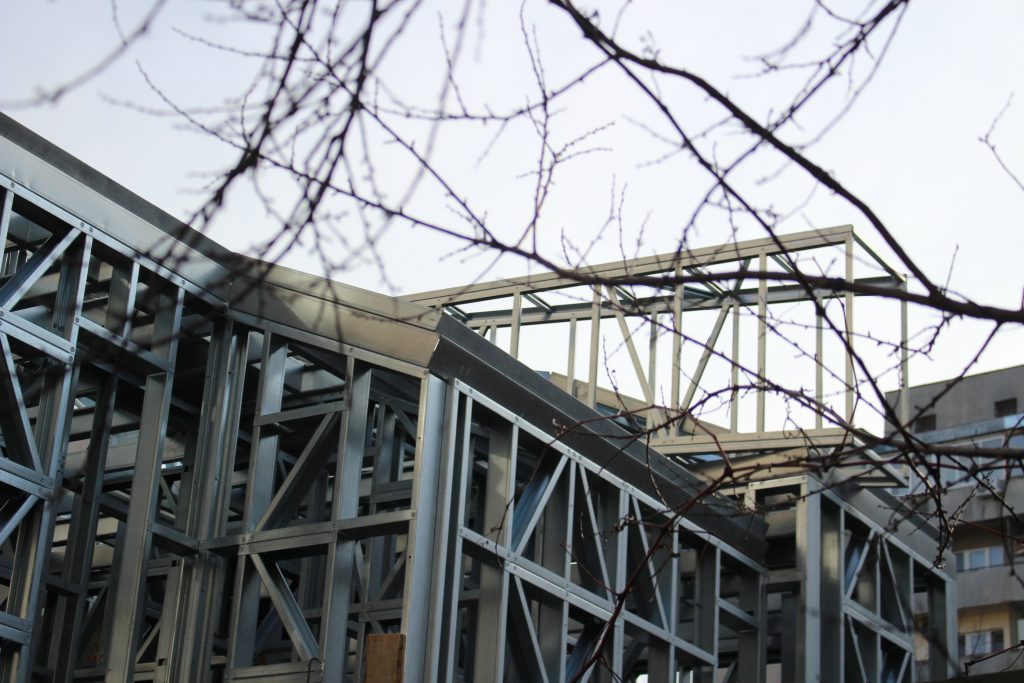In a world increasingly concerned about climate change and its environmental impact, the construction of eco-friendly homes becomes a priority. However, it’s essential to identify and adopt technologies and construction methods that contribute to environmental protection. A notable example in this direction is Lightweight Steel Frame (LSF) technology, which brings multiple environmental benefits and helps reduce the carbon footprint. This article explores the positive impact of LSF technology in construction on the environment.
What is LSF Technology?
LSF technology is based on using a load-bearing structure made of cold-processed, thin-walled galvanized steel profiles. These steel profiles are extremely lightweight yet incredibly strong, making LSF technology ideal for constructing houses and buildings. An essential characteristic of this technology is the use of structural-grade steel, which provides long-term stability and durability.
Reducing the Carbon Footprint
One of the most notable advantages of LSF construction is the reduction of the carbon footprint. A carbon footprint represents the total amount of greenhouse gas emissions produced during a building’s lifecycle, from construction to demolition. LSF technology contributes to reducing this footprint in several ways:
- Efficient Material Consumption: The LSF construction process is much more efficient in terms of material consumption. Steel profiles are precision-manufactured and can be cut to exact dimensions before reaching the construction site. This minimizes material waste and reduces construction costs.
- Waste Management: More efficient material usage in the construction process also implies better waste management. LSF constructions generate fewer wastes, contributing to a reduction in the volume of waste sent to landfills.
- Effective Insulation: Buildings constructed with LSF technology are known for their efficient insulation. This means these buildings require less energy for heating and cooling, thereby reducing energy consumption and associated emissions.
- Durability: The durability of LSF constructions results in a longer building lifecycle. With fewer renovation and maintenance requirements, resources are saved over time, and the environmental impact is reduced.

Use of Sustainable Materials
LSF constructions also stand out for their commitment to the responsible use of sustainable materials, a crucial aspect in the context of environmental protection and natural resource conservation. This includes recycled wood and low-carbon footprint construction materials. By using these materials, the impact on forests is reduced, and recycling is promoted, contributing to the protection of natural resources.
Energy Efficiency
Another fundamental aspect of eco-friendly constructions using LSF technology is energy efficiency, a key feature that brings multiple benefits to both homeowners and the environment. Advanced insulation and energy-efficient heating/cooling systems significantly reduce the need for energy to maintain a comfortable indoor temperature. This means less energy consumption and, consequently, fewer carbon emissions.
LSF technology represents an innovative and sustainable solution for today’s and tomorrow’s housing. Not only does it bring benefits in terms of durability and energy efficiency, but it also contributes to environmental protection by reducing the carbon footprint and using sustainable materials. Thus, LSF technology represents an important step toward a greener and healthier future for all.









